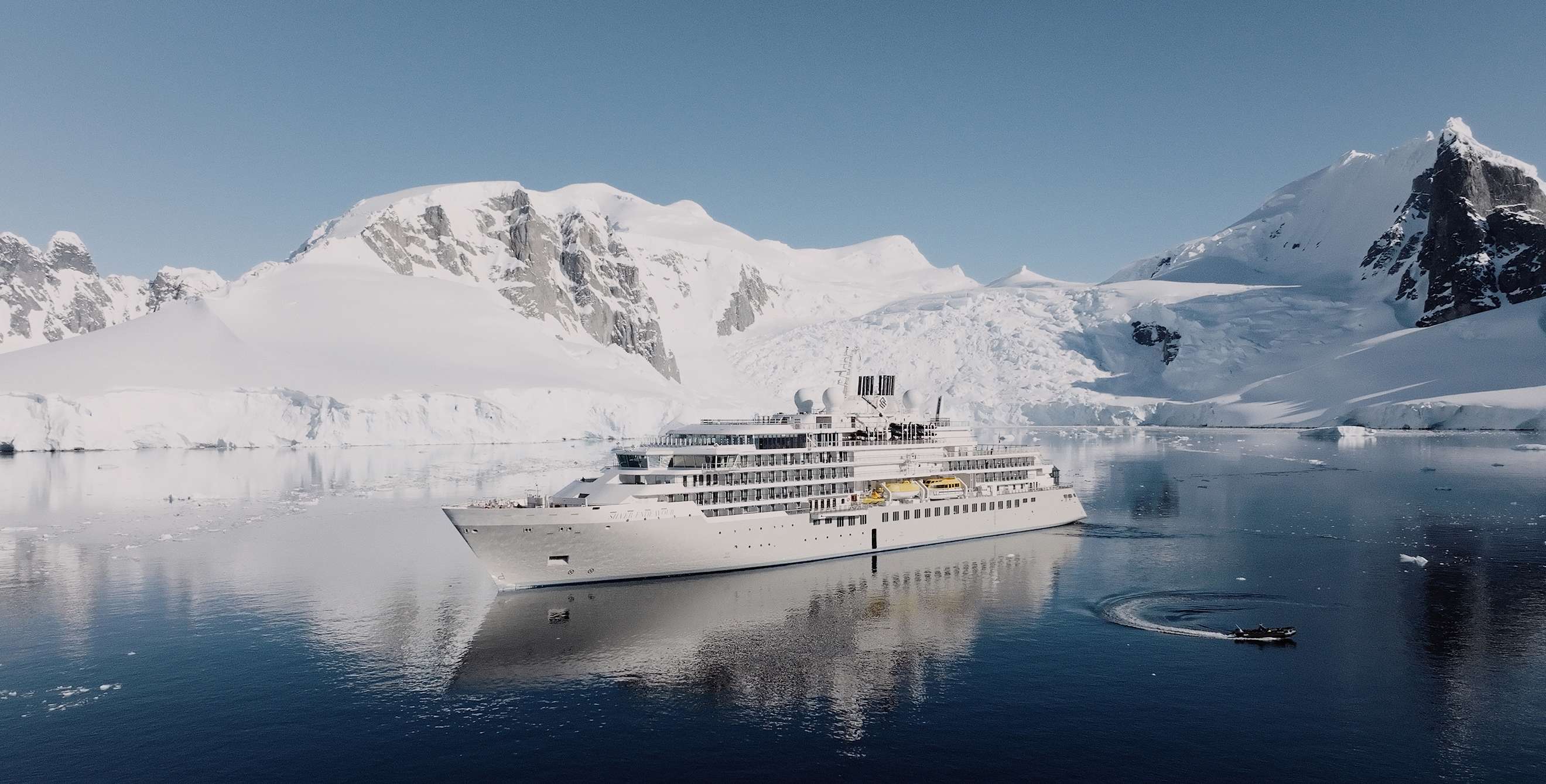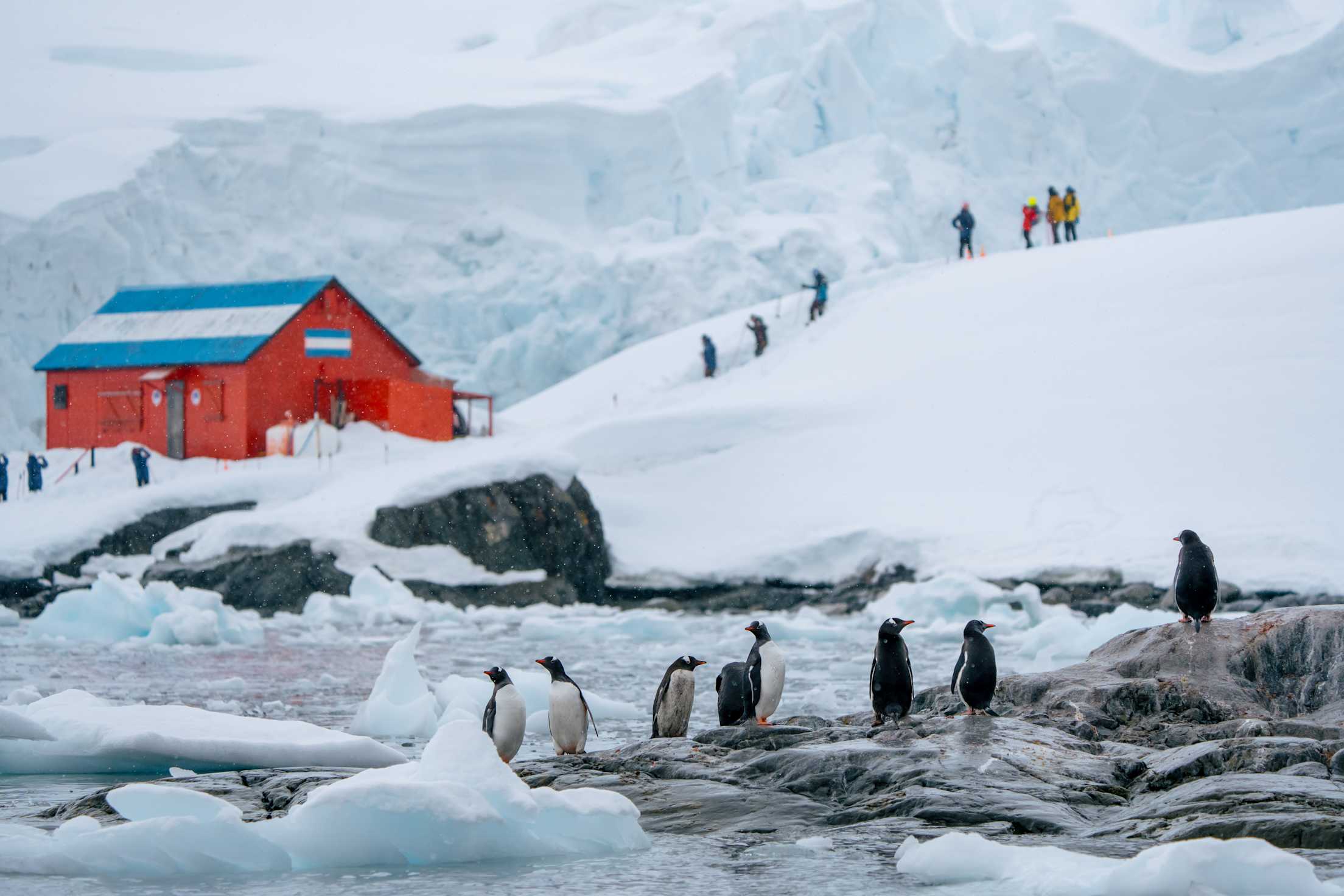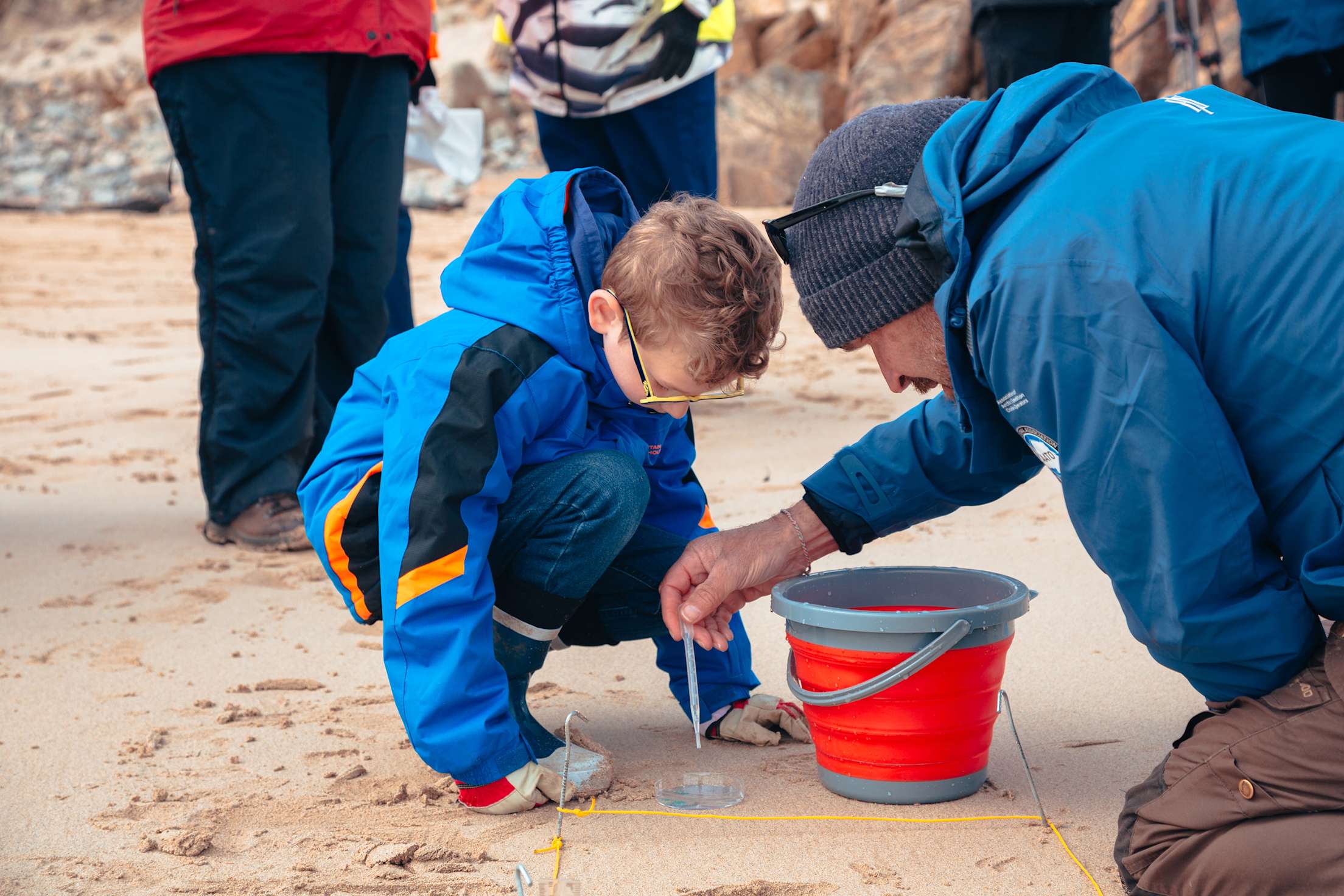
What You Need to Know Before Booking an Adventure Cruise
From weather to wildlife and more, here’s what to expect on an expedition

Ginger chews, pressure point wristbands, and anti-nausea medications—check. I’d studied up on the predicted conditions for a summer cruise traversing the Gulf of Alaska, and I was well supplied for the big swells that I knew were a likelihood. What I wasn’t prepared for was the way 22 hours of daylight would confuse my circadian rhythm and make it difficult to fall asleep at night, a problem for someone who already struggles with insomnia. And I wasn’t the only one unprepared for bright nights.
“The first time I went to Alaska, I did a southbound [cruise] from Anchorage to Vancouver, and light was an issue for a lot of people,” says Kristi Beck, AAA Travel Advisor based in Capitola, California. She now recommends an inside cabin to travelers who are worried about their ability to sleep.
Of course, sleep comfort is just one of many practical concerns to think about when choosing an adventure cruise. Here’s what else you need to know before you book.
Ships may be smaller than expected.
Adventure cruises come in a number of forms, with the majority of ships cutting a much lower profile than a typical mass-market liner. But it’s possible to visit Alaska on a 4,000-passenger luxury cruise complete with resort-style amenities or to navigate the narrowest passages in Prince William Sound on a 65-foot working yacht with eye-level views of spy-hopping humpbacks. Even Antarctica, the ultimate adventure destination, is accessible via a range of options, with 52 operators and 77 vessels venturing into the icebound landscape.
“Expedition cruise” usually refers to nimbler ships designed to navigate narrower passages and shallower waters, typically carrying fewer than 300 passengers. These smaller ships can anchor overnight in remote coves, putting you front and center at dusk and dawn when bears, caribou, and other wildlife venture down to the shoreline to fish and forage. Expedition ships also often have sustainable features such as hybrid fuel technology and eco-friendly waste management systems.
Ship size and design matter when it comes to comfort, Beck says, noting that several cruise companies have introduced new ships built specifically to cross Antarctica’s notoriously rough Drake Passage with additional stabilizing technology.

Flexibility is essential.
Adventure cruises are all about exploring nature. This means that, unlike larger ocean and river cruises, which follow set itineraries, expedition leaders change plans based on weather, rough or calm seas, wildlife arrivals, and conditions such as the movement of polar ice. You might wake to find the day’s mooring and activities changed due to a whale sighting, or a stop is skipped when a storm makes landing impossible. This also means a ship might reroute to avoid rough seas, saving you from potential seasickness.
“The beautiful thing about adventure cruises is that the routes are flexible and they will modify their course based on the weather. It’s part of the adventurous spirit,” Beck says.
Activity levels vary.
You will have the best time if you match your ability with the level necessary to participate in planned activities. When you are considering cruise options, look for the kinds of shore day excursions you prefer, whether that’s kayaking into sea caves, ice climbing on glaciers, or bird-watching from the beach.
“For the most part, these trips have a variety of activities to accommodate many different mobility levels,” Beck says. “Having a higher level of fitness will allow you to participate in all the activities, but I’ve booked people in their 80s and 90s on adventure cruises, as well as those with mobility impairments. If you aren’t up for significant hiking on land, you could go in a Zodiac and see the sights from the water, or you can just hang out and stroll along the shoreline.”
Some cruise lines are also expanding their multigenerational offerings—HX Expeditions, for example, allows children who are at least 2 years old on some itineraries—but always check that everyone in your group meets the criteria to participate in any planned excursions before booking.

Learning looms large.
Scientific exploration is the thread that runs through most adventure cruise itineraries, with onboard experts sharing their knowledge of everything from marine life and ecology to photography and history. If the educational component of adventure cruising is important to you, review the credentials of the guides and check to see if the ship has a comfortable lecture space, a library or lab, and features such as viewing scopes.
Weather is a wild card.
“The weather is unpredictable, and no matter the season, you have to be prepared for anything,” Beck says. She recommends packing plenty of layers and clothing that can keep you warm and dry in challenging conditions. “Even if you’re going to Alaska when it’s supposed to be the dry season, you could have rain the whole week,” Beck says. “Nothing ruins a trip like being cold and wet.”
Be careful to follow the detailed packing list your cruise provides. And take note if your cruise company offers weatherproof gear, free or for a fee, before you start purchasing any items.
Wildlife viewing changes with the seasons.
While each of the main adventure cruising destinations has its signature wildlife, you may want to target your trip to take advantage of peak breeding seasons and migrations, particularly if there are species you want to see most. For example, cruising season in Antarctica extends from November to March (summer in the southern hemisphere), but the wildlife and behavior you may see vary. Elephant seal breeding is early in the season, which is also when you’ll find the biggest icebergs. Whales generally don’t show up until February, and it is also a great time for seeing penguin chicks.
Whether you dream of seeing blue-footed boobies in the Galápagos, pink dolphins in the Amazon, or a pod of orcas cruising for a meal in an Alaskan fjord, you’ll make extraordinary memories on an adventure cruise.
AAA Travel Advisors can help you plan and book your next cruise.